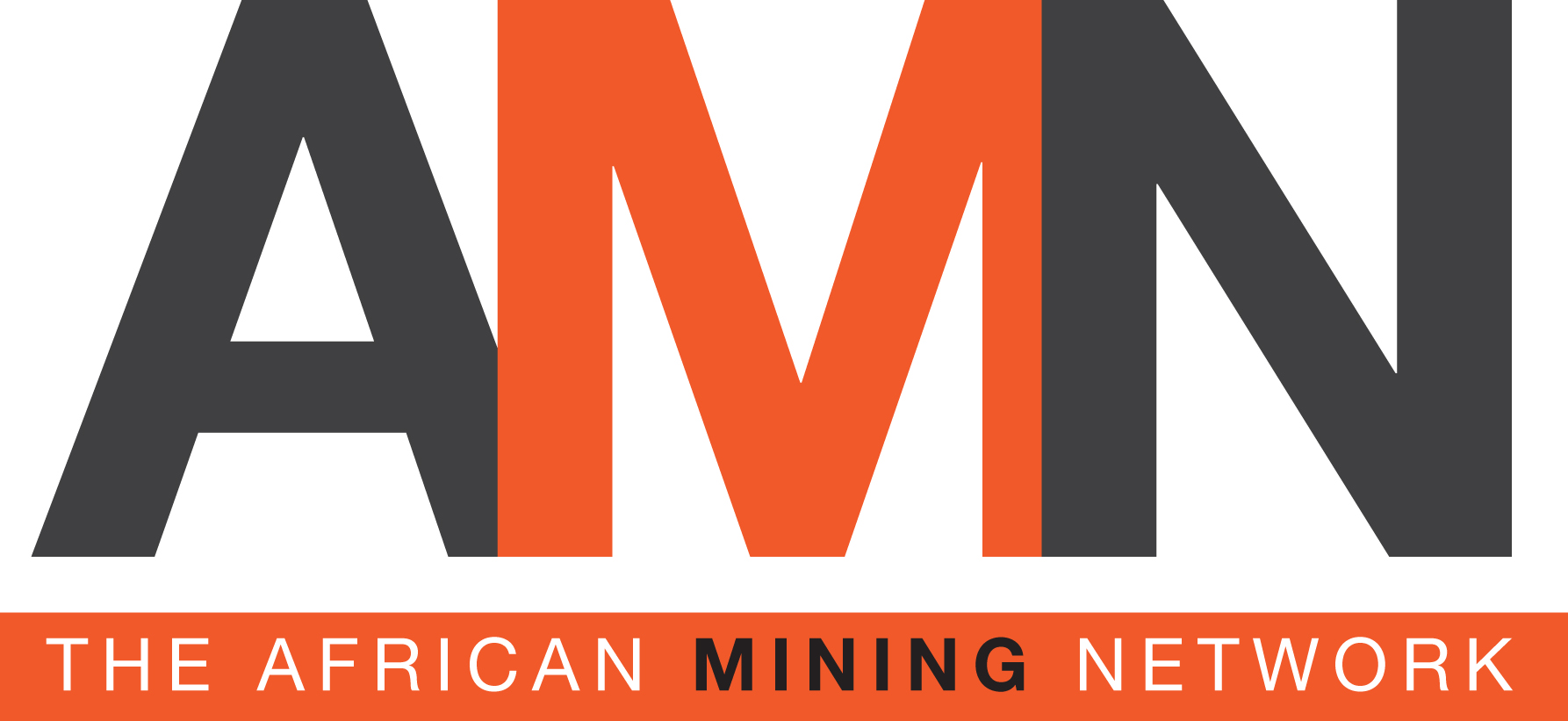- Yolanda Torrisi
- +61 412 261 870
- yolanda@yolandatorrisi.com
- Nina van Wyk
- +27 82 926 3882
- nina@africanminingnetwork.com

While there are rewards still on offer in Africa’s mining industry, there are also risks, with some countries being more risky than others. In a new report issued by London-based investment bank finnCap, investors are urged to always weigh up the risk/reward balance before departing with their cash.
The bank asks the question ‘Does outstanding geology beat corruption and security issues, including but not limited to the threat of radical insurgencies?’ It concludes that this mostly comes down to the quality of company management and their in-country experience.
finnCap analysed about 25 African countries that have working mines or advanced exploration projects. This work incorporated the best known rankings available from sources such as Canada’s Fraser Institute annual report and Transparency International’s corruption index, but factored each country’s geological potential and their current security risk.
While about half of all African countries host significant operating mines or have project in the advanced exploration phase, finnCap found that investors tended to shy away due to perceived risks such as high levels of corruption and political uncertainty.
The report showed that Ghana, Botswana, Namibia, Lesotho and Senegal serve investors best and already host companies that are operating successfully. These include Kennedy Ventures with the Tantalite Valley tantalum mine and Weatherley with the Tschudi copper mine in Namibia, and Firestone Diamonds with the Liqhobong diamond mine and Gem Diamonds with the Lesteng diamond mine in Lesotho.
At the bottom of finnCap’s list are Eritrea, Kenya, Zimbabwe, Guinea and Angola. Operators in these countries include Avocet with the Tri-K gold project in Guinea, ASA Resource Group with the Freda Rebecca gold mine and Bindura nickel mine in Zimbabwe, which also hosts Caledonian’s Blanket gold mine in Zimbabwe, and Base Resources with the Kwale mineral sands mine in Kenya.
The report says that there is a lot of money to be made if country risk and entry timing can be judged correctly. It cites as an example Randgold Resources’ operations in Mali, which began with a small gold mine in 1995 when the country had no real mining industry. Within five years the Morila gold mine, which is jointly owned by Randgold and AngloGold, had laid the foundations for business growth, becoming one of the world’s more profitable mines.
As well as ranking the countries, the report also found that there is an urgent need to refill the mining project pipeline of all African countries with early stage exploration projects of all shapes and sizes, providing a challenge for miners now and in the future.
Yolanda Torrisi is Chairperson of The African Mining Network and comments on African mining issues and the growing global interest in the African continent. Contact:yolanda@yolandatorrisi.com

